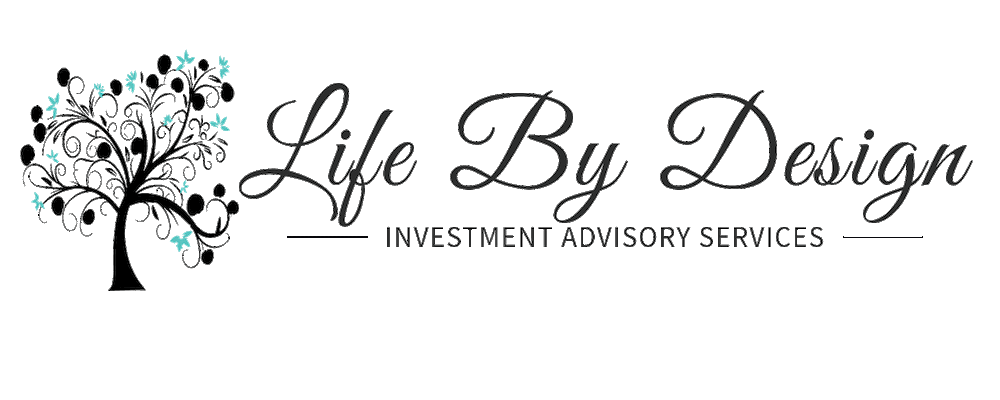HOW TO AVOID THAT FUTURE TAX BOMB IN RETIREMENT
As we plan and prepare for living a Retirement Life By Design, ask yourself this question- what would need to be your perfect mix of future income sources? Your IRA, 401k, SEP and 403b make up your future income and could be a tax bomb, and the IRS is very much looking forward to your share and contractual contribution to taxes. Somewhere along our journey of accumulation we were lead to believe we would be in a lower tax rate at the age of 70, well this is just not always the case- especially for higher-income earners later on. Todays tax complexities have really been a main focus for our firm. Higher retiree income earners are challenged with an increased loss of benefits and even surcharges on Medicare Part B, which means a reduction in your Social Security payment. This is all calculated each year at tax time. So what is the Tax Bomb? It’s the future tax liability from your deferred IRAs at the time of distribution and mandatory distributions now at age 73 (if you were born after 1/1/1960, the RMD age is 75). To understand more specifics on 2024 taxable income and the IRMAA Medicare surcharges view 2024 Important Numbers.
Paying taxes voluntarily is a strange thing for most people to consider. But it may help to think of it like this – why pay tax on the harvest instead of on the seed? Most people will face a retirement that will require them to pay income tax on all their earnings for the rest of their lives. However, those retirees with Roth IRAs will have the benefit of taking distributions for the rest of their days with no taxes, and in most instances, even for their heirs.
Non-spousal beneficiaries (there are exceptions) are required to recognize 100% of all the IRA inheritance within 10 years. This brings a tremendous amount to tax revenue from Traditional IRAs to the IRS with this Baby-Boom generation, the majority of whom have built their retirement wealth on hard earned savings in these retirement plans vs. the previous generations that lived on pension funds. Additionally one of the biggest benefits to a Roth owner is there is no RMD (required minimum distribution) on your IRA.
As you plan and prepare for retirement or even in retirement today, there is a Roth for you. Let me share a little history on Roths. They really began to take interest in 1997 and since then there have been six legislative changes to some of the features and benefits. Early on the Roths were not explored by higher income earners due to the income limits to contribute with after tax dollars. If you did participate, the maximum contribution over the age 50 in 1997 was $2,500. Fast forward to 2024… what if I could tell you that you could potentially contribute up to $69,000 a year into your qualified retirement plan as a high income earner?
SO ARE YOU READY? LET’S START ROTHING.
There are many options in Roth contributions and conversions, that depend on several factors. Below are the 5 biggest ideas we have for exploring what might be a starting point to then deepen the scenario that’s right for you and your future retirement income and tax awareness. This article is meant to share highlights and bring familiarity of Rothing options. We advise you meet with your Wealth Advisor at LBDIAS or your CPA to further understand the tax strategies and know the hold requirements to satisfy the full tax free distributions in the future.
1. TRADITIONAL ROTH
Funding with after tax dollars that grow tax free on contributions and earnings. All future withdrawals if held for the required 5 years and combined with reaching age 59.5 will not be taxed. Current contribution limit in 2024 is $7,000, over age 50 catch-up $1,000 for total of $8,000. Non-working spouse contributions are also eligible based on MFJ. Caution, this type of Roth with after tax dollars is subject to MAGI phaseout limit of $230,000 – $240,000 for a (MFJ) married filing joint. (See tax facts for 2024)
2. 401K ROTH
This is a growing option in employer plans. Contributions regardless of income is $30,500 ($23,000 max contribution + over 50 $7,500 catch up). Check also to see if the employer offers matching contributions on your Roth. My recommendation is to consider this a serious option if you have built up a substantial pre-tax IRA. Next, look to making after tax non-qualified contributions up to higher thresholds, then convert with no taxable event on contribution to a Roth IRA, also known as a Back Door Roth.
3. CONVERSIONS
Traditional IRA or any of the previously mentioned qualified IRA accounts can be converted without any income limitations. The converted amount is taxable at time of conversion. This is the biggest impact area for reducing the future tax-bomb. If you have an opportunity to convert in a reasonable tax scenario or have a substantial loss or reduction in other income in a particular year, you could possibly pay taxes at this time less than what would be expected in the future. Many retirees discover in retirement up to 85% of their Social Security Income is taxable and combined with other investment income such as capital gains from other assets or even a sale from a property. These all combined together create a collision of new tax issues. Plus IRMAA surcharges that were never imagined. If you hold a large pre-tax IRA, consider ways to convert strategically. If you’re retired today and have not yet initiated your distributions, consider building the Roth conversion now to reduce future RMDs and reduce the tax liability to any non-spouse heirs.
4. MEGA BACK DOOR ROTH
After-tax non-deductible contributions are made in the 401k- typically funded after maximizing the $30,500 to your IRA, or Roth IRA- then you’re possibly allowed a total contribution of $69,000 using the figures in 2024 Important Numbers. Once the contribution is funded you can convert the non-qualifed account over to a Roth IRA. Only earnings accumulated during the time in the traditional IRA 401(k) account would trigger a taxable amount. The end result is that you have just converted to tax-free growth for all your future years without present income restrictions. Doing this as a pre-retiree is an amazing opportunity to make an impact against that tax-bomb later.
5. RENTAL PROPERTY CONVERTED TO VACATION HOME ROTH
Investment real estate owned and purchased by your Roth that can be used for your future vacation home. Convert your pre-tax (traditional) IRA to a Roth. You will be taxed on the converted amount on your tax return for that year. Another strategy is to stretch out the taxable event converting over a period of years, or build up your contributory Roth account and purchase the real estate in your Roth IRA. All net receipts of the rental are simply deposited into your Roth IRA account at your custodian. Once you achieve the age of 59 1/2, and it has been at least 5 years since you converted all to a Roth IRA, you are able to take a full distribution of your Roth IRA without penalties or taxes. In your case, you can take a distribution of the property – moving it from the Roth IRA to your individual name, completely free. Better yet, all the rental earnings for the past five years can stay in the Roth account and be re-invested, or withdrawn, all based on your choice including leaving the property there for infinite years and to your heirs tax-free.
TAKE THE NEXT STEPS.
Call in and work with Life By Design Investment Advisory Services to learn more about our wealth strategies encompassing your future and retirement concerns. Speak with Wealth Advisor Monique Marshall, RMA®, AIF®, who specializes in retirement wealth management strategies. Contact us today.
Life By Design Investment Advisory Services is a registered investment adviser. Information presented is for educational purposes only and does not intend to make an offer or solicitation for the sale or purchase of any specific securities, investments, or investment strategies. Investments involve risk and, unless otherwise stated, are not guaranteed. Be sure to first consult with a qualified financial adviser and/or tax professional before implementing any strategy discussed herein.




